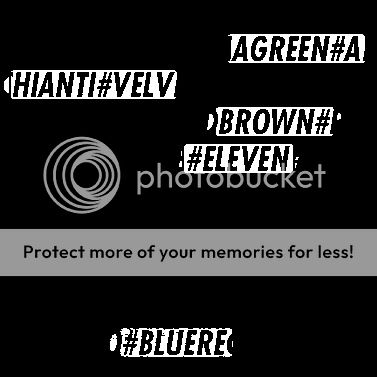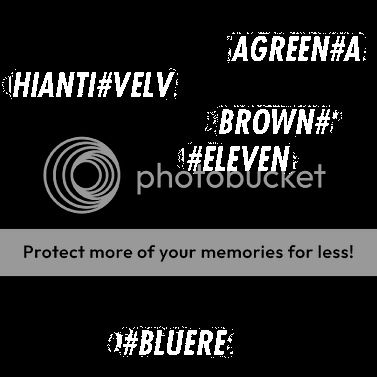OpenCV does has functions like filter2D that convolves arbitrary kernel with given image. In particular you can use kernels that are used for image sharpening. The main question is whether this will improve the results of your OCR library or not. The image is already pretty sharp and the noise in the image is not a result of blur. I never worked with teseract myself, but I am fairly sure that it already does all the noise reduction it could. And 'helping' him in this process may actually have opposite effect. For example any sharpening process tends to amplify noise (as opposite to noise reduction processes that usually are blurring images). Most of computer vision libraries give better results when provided with raw (unprocessed) images.
Edit (after question update): There multiple ways to do so. The first one that I would test is this: Your first binary image is pretty clean and sharp. Instead of of using morphological operations that reduce quality of letters switch to filtering contours. Use findContours function to find all contours in the image and store their hierarchy (i.e. which contour is inside which). From all the found contours you actually need only the contours on first and second levels, i.e. outer and inner contours of each letter (contours at zero level are the outermost contours). Other contours can be discarded. Among the contours that do belong to first level you can discard those whose bounding box is too small to be a real letter. After those two discarding procedures I would expect that most of the remaining contours are the ones that are parts of the letters. Draw them on white image and run OCR. (If you want white letters on black background you will need to invert the order of vertices in the contours).



